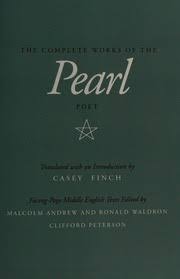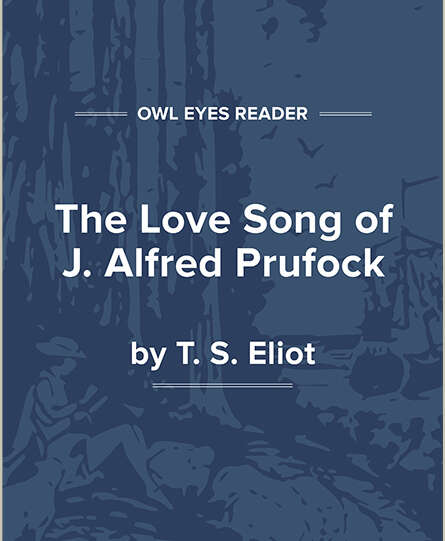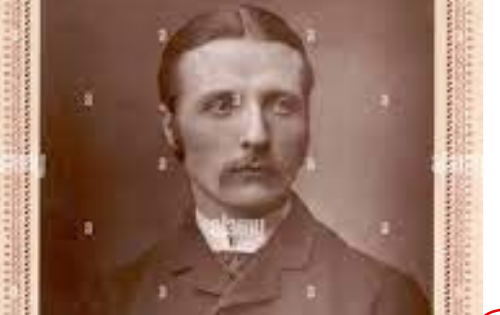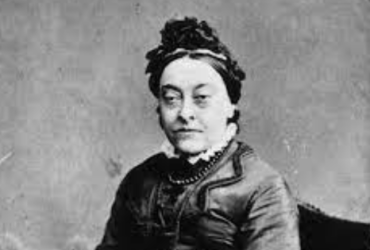
Pearl poem summary, themes and critical analysis
Pearl is a Middle English elegiac poem, a dream vision, and a Christian allegory. Although the poem’s authorship remains uncertain, it is widely attributed to the anonymous poet known as the Pearl-Poet or Gawain-Poet, who is also credited with three other works found in the same manuscript: Cleanness (or Purity), Patience, and the chivalric romance Sir Gawain and the Green Knight. All four poems survive in a single manuscript, British Library MS Cotton Nero A.x, written in the Northwest Midland dialect, likely from the Cheshire or Staffordshire region.
The poem draws heavily on New Testament themes, particularly from the Book of Matthew (13:45-46), in which Jesus compares the kingdom of heaven to a “merchant seeking goodly pearls.” Upon finding one pearl of great price, the merchant sells all he has to obtain it. This biblical parable becomes the poem’s central metaphor, where the pearl of great price symbolizes the speaker’s lost daughter and the spiritual truth she comes to represent.
Pearl is a deeply moving elegy for a child who died at just two years of age. The grieving poet, unable to bear the loss, imagines having lost his precious “pearl” in a garden. As he mourns and searches for her, he falls asleep and enters a dream vision in which he sees a glorious heavenly realm. There, he meets a radiant maiden—his daughter—now transformed into a bride of Christ and a queen of heaven. Through their dialogue, the poet undergoes a spiritual transformation: his personal grief is gradually lifted and replaced by awe, enlightenment, and a divine sense of peace.
The poem is a masterpiece of Christian allegory. It uses the image of the lost pearl to express personal sorrow and convey spiritual truths about salvation, divine justice, and the nature of grace. The maiden, acting as both daughter and spiritual guide, teaches the dreamer about the equality of souls in heaven, referencing the Parable of the Workers in the Vineyard to explain how even the newly saved are no less honored than the long faithful. This theological insight is matched by an intense emotional and lyrical depth, creating a seamless blend of doctrine and devotion.
Structurally, Pearl is a highly sophisticated work. It consists of 101 stanzas, each containing twelve lines. The rhyme scheme is carefully arranged: the first eight lines follow the pattern abababab, and the final four lines use bcbc. In addition, each stanza is linked to the next by a repeating word or phrase in the technique known as concatenation, creating a circular, unified structure that mirrors the poem’s spiritual themes of eternity and divine order. The poem also masterfully combines rhyme with alliteration, showcasing the poet’s remarkable technical skill.
Pearl is remarkable for its fusion of emotional realism and theological depth. The unknown poet’s portrayal of the afterlife is not merely didactic but emotionally compelling, offering solace and vision in the face of profound loss. The child is a symbol of purity and salvation. It bears Marian qualities, evoking the image of the Virgin Mary, the Heavenly Jerusalem, and the bride of Christ, adding layers of feminine spirituality to the poem’s Christian allegory.
Pearl can be considered a precursor to Edmund Spenser’s The Faerie Queene in its use of allegory, moral instruction, and poetic grandeur. Yet it also stands apart in its psychological intensity and deeply personal tone, marking it as one of medieval English literature’s most distinctive and emotionally resonant works. The poet’s capacity to turn mourning into metaphysical insight places Pearl among the most excellent examples of visionary literature, comparable to Dante’s Divine Comedy and Langland’s Piers Plowman. It is a poetic elegy and a spiritual journey—an exploration of grief transformed through the promise of grace. It is a landmark in medieval English poetry for its formal innovation, theological depth, and emotional resonance, deserving of continued study for its relevance to literary and religious traditions.
Also read: Summary and critical analysis on the Anglo Saxon poem The Phoenix





